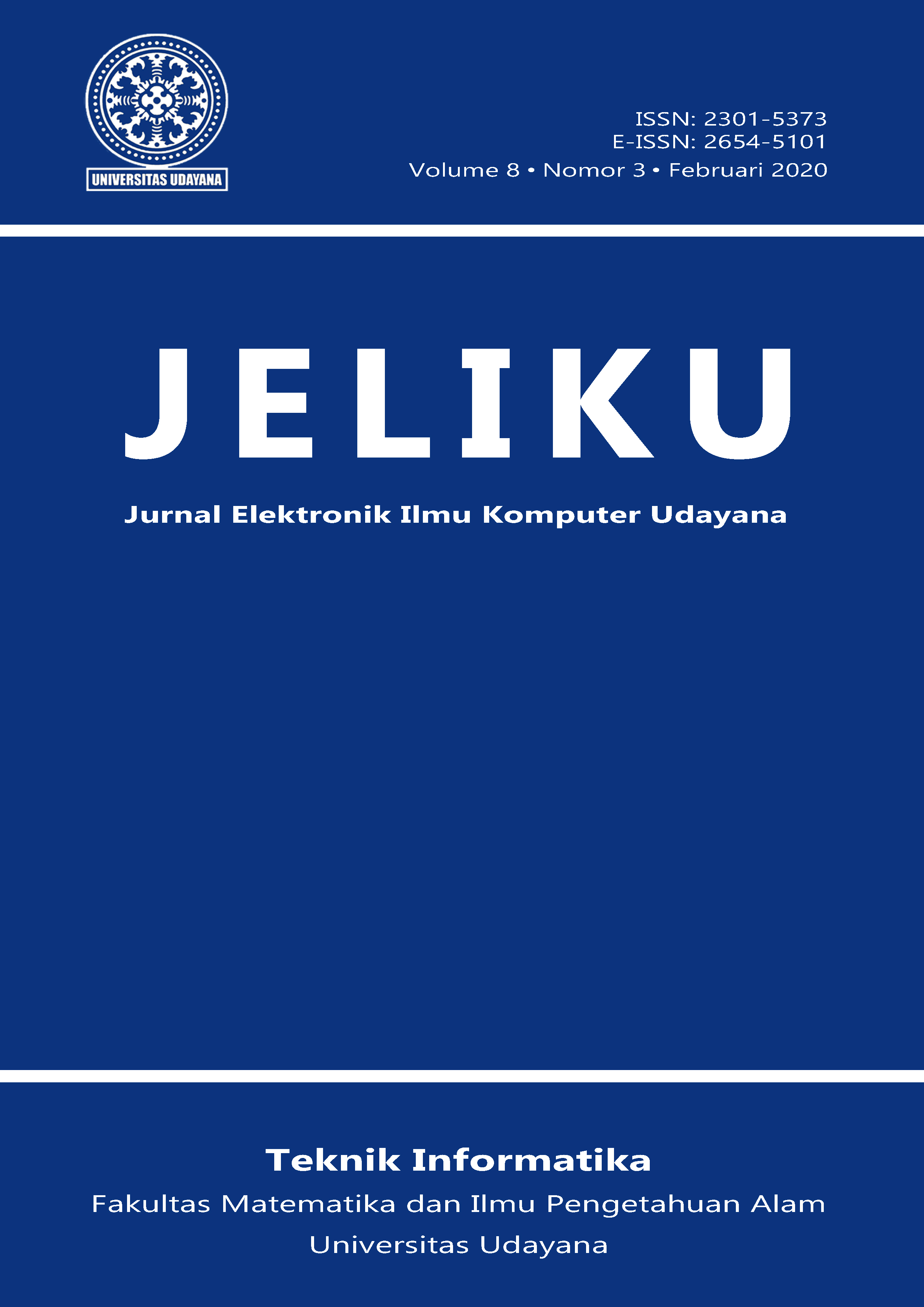Performance Analysis of MANET Proactive and Reactive Routing Protocols Using Network Simulator 2
Abstract
The development of Mobile ad hoc networks (MANET) has the nature and character of a fast, costeffective. The development of Mobile ad hoc networks (MANET) has the nature and character of a fast, cost-effective deployment and able to manage the topology independently. This has caused in recent years, MANET to be an interesting and popular thing to study. MANET can be applied even in difficult areas, forest fire detection, military operations and even health monitoring. Changes in the topology dynamically on MANET, limited energy consumption, and built without existing infrastructure are a problem in MANET. Problems especially dynamic topology changes make routing very important in MANET design. This article aims to analyze AODV, DSDV and DSR routing protocols based on quality of service (QoS). The test scenario is based on the number of nodes, packet size, area of simulation, simulation time, simulation speed, mobility model, and propagation model. The simulation that has been done produces 4 graphs, each of which explains the packet delivery ratio, throughput, network routing load, and delay. Simulation results are obtained using NS2 network simulators through *. Tcl files and generate *. Tr (trace) and *.nam (animator) files. Simulation results show that the DSR routing protocol has better performance than AODV and DSDV in terms of pdr, throughput, network routing load, and delay. The average value of the DSR routing protocol is 657,498 on throughput and 0.244 milliseconds on delay.






